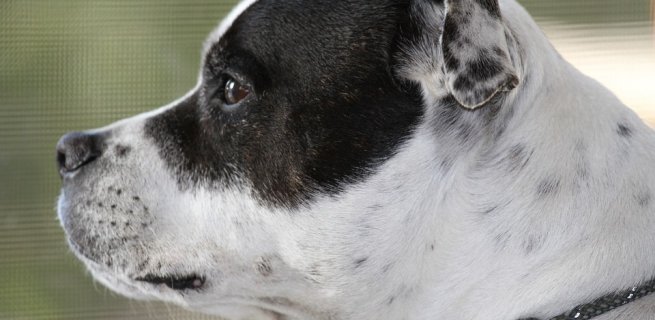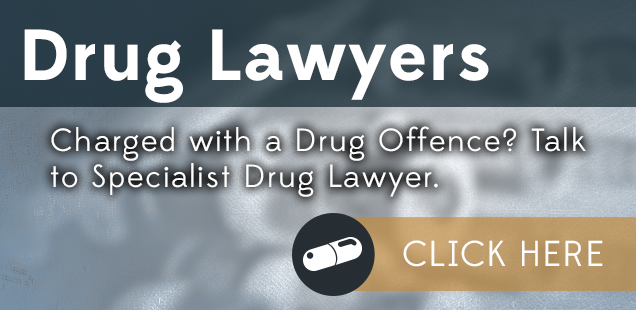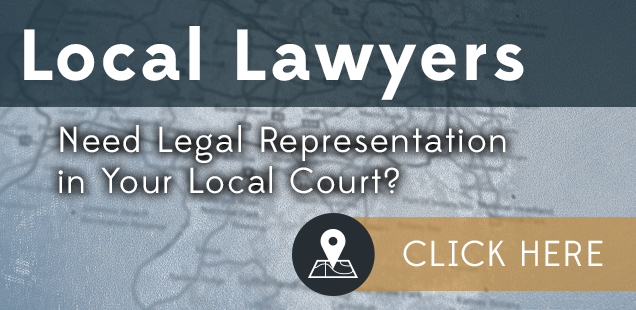What would you do if your beloved companion was declared dangerous and you were faced with an over-zealous council determined to putting it to death?
Unfortunately, “dangerous dog” laws allow council rangers to do precisely that, leaving dogs locked-up behind bars confused and depressed based upon an allegation alone, and their owners devastated.
Dogs that councils deem “dangerous” can be made the subject of specific orders, ostensibly to protect the community from harm.
Councils have the power to seize dogs, or impose strict conditions on their owners, such as the mandatory use of a muzzle and lead, signs on your house stating that a dangerous dog lives there, and perhaps most inhumanely that your dog must live outside in a cage and cannot leave the cage unless muzzled.
In NSW and Victoria, dogs that are alleged to be “dangerous” are subject to laws aimed at protecting the community from harm. But unfortunately, some of the legislation has proven to be unfair, ineffective and inhumane.
While there are indeed some dogs that pose a danger if they are not properly restrained, “dangerous dog laws” allow for a dog to be declared dangerous – and even seized and put down – based upon a mere allegation rather than any real proof. And once an allegation is made, the owner will then be required to prove that their dog did not engage in the alleged conduct – which may be trivial.
In fact, a dog can be declared dangerous in NSW if it merely “repeatedly threatened to attack or repeatedly chased a person or animal”; there does not need to be an actual attack at all. Proving that this did not occur may be difficult or even impossible if the owner was not present.
The result is that dogs may face the consequences of being declared “dangerous” – or even being seized destroyed – based upon little or no real evidence; especially in cases that involve a vengeful neighbour and/or over-zealous council rangers.
The story of Boss
Labrador Kelpie ‘Boss’ was facing death after his owner was unable to comply with the requirements that were imposed on him after Boss was declared a dangerous dog.
Boss’ owner was also unable to pay the fine imposed upon him. Because of this, the Council ordered Boss killed. Fortunately for Boss, his owner, along with the Barristers Animal Welfare Panel (the Panel) fought to have Boss returned to his owner when the order was ultimately complied with, and obtained a flexible payment arrangement.
The Panel works to save animals who are the subject of destruction orders, often intervening in cases that may seem hopeless. They have been successful in several other cases also.
Are some breeds more dangerous than others?
Some laws target allegedly aggressive breeds of dogs, called “restricted” breeds, which include Japanese Tosas, fila Brasiliero, dogo Argentino, Perro de Presa Canario and Pit Bull Terriers. Both the NSW Companion Animals Act and the Victorian Domestic Animals Act impose conditions upon keeping restricted dog breeds as pets, even if they have never shown signs of aggression.
These laws have been widely criticised by animal welfare groups, including the RSPCA, which opposes breed-specific legislation. Chief Executive at the RSPCA, Maria Mercurio, says that there is no evidence that any particular breed is more dangerous than another.
No second chances
A number of Victorian councils have been inflexibly enforcing a policy of declaring dogs dangerous, and even destroying them, without properly listening to both sides of the argument. And the policy isn’t only enforced for incidents involving humans – dogs who allegedly bite any other animal (other than vermin) are being treated the same as those that have allegedly bitten a human.
At least three Melbourne councils are routinely telling the Magistrate’s Court they are not seeking a destruction order from the court, but then making their own destruction order, a situation which animal welfare advocate and barrister Nicholas Karnev finds to be unacceptable.
Karnev is also concerned about the definition of an “injury”, which captures even a tiny nip.
Taking the council to court:
Sometimes, the only way to save your family pet from death row when dealing with a particularly inflexible council involves lodging a dangerous dog appeal in court.
Fortunately, over-vigilant Victorian councils have often found themselves on the losing end of such appeals.
What about NSW?
In NSW, an owner has 28 days from the date of a dangerous dog declaration to appeal the matter to the Local Court. Once the appeal is lodged, it is often possible to reach an agreement with council to revoke (cancel) the declaration provided that the owner complies with less-stringent “control orders”; eg to keep the dog on a leash while in public, to secure the yard etc.
Costs
But while it might sound like all’s well that ends well, this still means that dog-owners have to go through the costly, time-consuming and stressful process of a court proceedings; especially in Victoria where appeals often need to be made to the Supreme Court rather than the Local Court.
Some owners simply cannot afford a Supreme Court Appeal – and without the Panel in Victoria, Boss’ owner may well have been unable to fund litigation to save his life.
The unsuccessful litigation is also a waste of tax-payers money. For example, Monash Council has spent over $100,000 in one case alone.
Council policies of rigidly enforcing dangerous dog orders and destruction of dogs can be highly unfair.
For many devoted dog-owners, their pet is one of the family and needlessly putting down dogs when they do not pose a threat to the community is heartless; dogs will often wait for months behind bars in a pound without being able to see their owners, feeling lost and abandoned before being killed.
Forcing Victorian owners to take these cases to court has cost taxpayers millions of dollars without any impact on the number of dog attacks occurring in that state.












How very true.
My ex partner went through an ordeal when her dog jumped on a neighbour and the council decided to declare the dog dangerous and filed a case with a criminal record against her!
Even though we agreed to all control terms and did everything we could do to prevent such a thing from happening again, the council did not withdraw their case.
We had to go to local court and then district court to to get the criminal record take off!
this cost us quite a bit of money and time. Not to mention the cost to tax payers!
The council officers who came to assess the dog had no experience in dog behaviour!
On another occasion i found a dog in the streets and when the council came to take him, he had no idea how to handle the dog. Was terrified of the calm labrador!
How can these people assess and declare dogs dangerous!
My dog ran and jumped on 2 children that it knew from daily pats, this day the dog got out and jumped up on the kids, they got him settled down for a tummy rub and they sat down to pat him and play as they knew him. their grand mother was further behind and caught up to us told the kid to leave him alone, they said it is alright we know (Storm) I apologized for him jumping, the kids kept patting him as he was happy wagging his tail to see them, the next day there was a text message from council and a visit, was told the grand mother complained that the dog attacked her grand kids, no matter what I said to council officer, said he had a complaint and had to follow through,, he would not even scan the dog while I was holding him. He made me scan the dog myself and read the number to him. I was warned if he did it again he would take the dog. this Ranger had no Idea about dogs at all, he normally inspects park infrastructure as his main job and this is the person making life or death decisions of a person pet (sickening)
Council have demanded I put my non dangerous dog in a cage I will for now as I will too devastated to lose her but I will fight for her as she did nothing wrong and has been discriminated against because of her breed
My dog was just put down by the mid North coast council I’m devestated beyond belief she was declared a dangerous dog even though some one hurt her first she’s never hurt a single soul in her life and she thought someone was hurting me and bit them but even they didn’t want her to die they wouldn’t even let me say goodbye I didn’t meet there deadline and they killed her and they won’t even tell me where they put her body her name was Dora she was a rescue dog and 9 years old she had been through so much already and I’m struggling to say the least my eyes are swollen from the tears I’ve cried, how can they do this to people she died alone feeling abandoned by me when she slept in my bed with me every night I can’t even how she felt Im struggling to even to even breathe
Nice article. I am going through the process with council wanting to declare my dog menacing. He has to wear muzzle when off our property.
I have a question as this is all encompassing, does it mean I cannot have my dog unmuzzled when visiting friends and family, people and dogs he knows and plays with?
Very sad. And very true. I have seen and experienced this kind of thing many many times throughout my life. Whats as also common is false…completely made up complaints about someones dog being dangerous just to attack or discriminate or intimidate someone. And no evidence is provided to back the accusation. However council will still say they can sieze the dog for assessment even though that in itself will cause distress to the dog possibly cause the dog to go in to flight or fight mode or become over protective. Then possibly making the lie appear true. Also as others have mentioned. The officers rarely have experience or training compatable with addressing these situations efficiently. Nor do they know how to deal with even a well trained dog let alone one with issues.